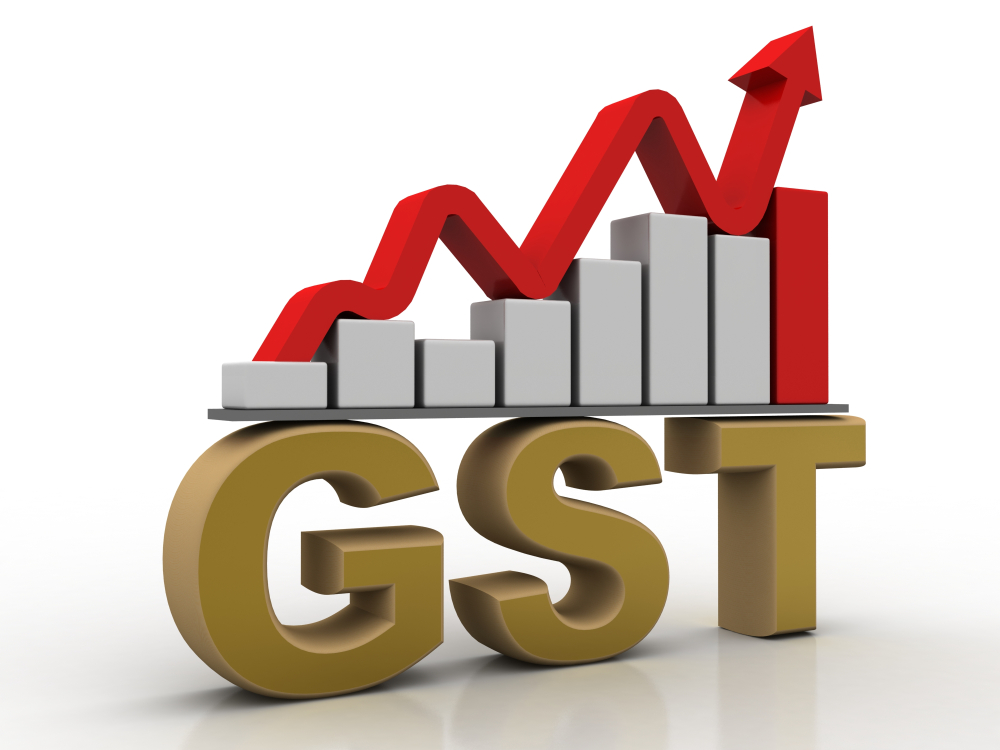Delinking of Credit Note and Debit Note with Original Invoice

Delinking of Credit Note and Debit Note with Original Invoice
Till now, while filing the Goods and Services Tax return in Form GSTR-1 or Form GSTR-6, the taxpayer was required to mention the original invoice number and original invoice date while reporting the credit note or debit note issued. In simple terms, one to one linking of credit or debit note with the original invoice was required. The said exercise turned out to be quite a time consuming and painstaking.
In order to overcome the same, the provisions of section 34 of the Central Goods and Services Tax Act, 2017 were amended. The new provisions were made effective from 1st February 2019. The new provisions permitted the registered person to issue a consolidated credit note or debit note in respect of multiple invoices issued in a Financial Year.
The present article covers the said delinking of a credit note or a debit note with the original invoice and its subsequent changes in GSTN portal.
The flow of activity in the matter
The linking and delinking of a credit note or debit note with the original invoice is step-wise explained in the below points-
- Originally, from 1st July 2017, the provisions of section 34 of the Central Goods and Services Tax mandates the registered person to issue two or more number of a credit note or debit note in respect of multiple tax invoice issued/ raised in a Financial Year.
- To overcome the hurdle, in 28th GST council meeting, held on 21st July 2018, it was proposed to permit the registered person to consolidate the credit note/ debit note in respect of multiple invoices issued in a Financial Year.
- Accordingly, provisions of section 34 sub-section (1) and sub-section (3) of the Central Goods and Services Tax Act, 2017 was amended (vide the Central Goods and Services Tax (Amendment) Act, 2018) and made effective from 1st February 2019.
- Interestingly, even though the amendment was made effective from 1st February 2019, the corresponding changes were not incorporated in GSTN portal. After a long break of more than one and a half year, finally, on 14th September 2020, the delinking facility is incorporated in the GSTN portal.
Prior and amended provisions of section 34 of the Central Goods and Services Tax Act
Provisions of section 34(1) deal with the credit notes, whereas, provisions of section 34(3) deals with the debit notes.
Prior provisions of section 34, mandates the registered person to provide one to one correlation between the credit or debit notes issued against the tax invoice. However, post amendment, the registered person was allowed to consolidate the credit or debit notes for supplies made in a financial year.
Analyzing delinking facility in GSTN portal
As seen above, the delinking is made available in the GSTN portal only from 14th September 2020. The details of credit notes and debit notes as covered in Table-9B, of Form GSTR-1, before and after delinking facility is explained hereunder.
Details in Table-9B of Form GSTR-1 before delinking facility incorporated in GSTN portal-
- Receiver GSTIN/ UIN.
- Receiver Name.
- Debit/ Credit Note No.
- Debit/ Credit Note Date.
- Original Invoice Number.
- Original Invoice Date.
- Note Type.
- Note Value.
- Supply Type.
Details in Table-9B of Form GSTR-1 after delinking facility incorporated in GSTN portal-
- Select the appropriate option.
- Receiver GSTIN/ UIN.
- Receiver Name.
- Debit/ Credit Note No.
- Debit/ Credit Note Date.
- Note Type.
- Note Value.
- POS
- Supply Type.
In nut-shell, before incorporation of delinking facility in GSTN portal, the registered person was required to mention ‘Original Invoice Number and Original Invoice Date’. However, only after incorporation of the delinking facility (i.e. from 14th September 2020), the consolidation of credit note and debit note gets possible.


